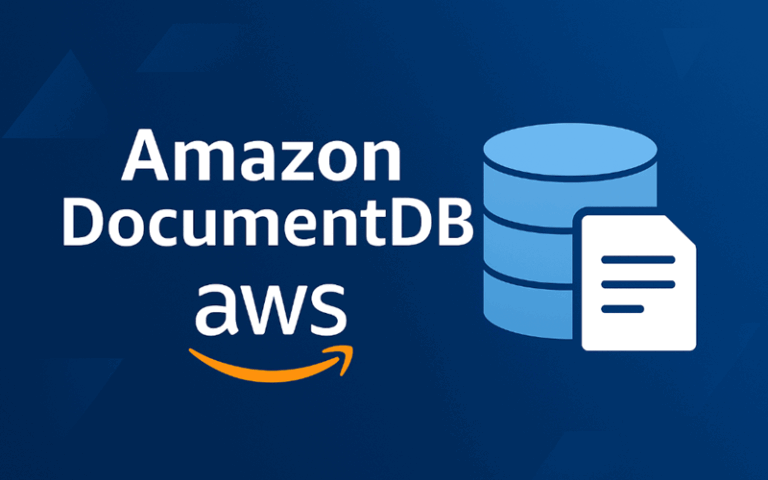AWS launched Amazon DocumentDB (with MongoDB compatibility) in 2019 as a serverless, fully managed, MongoDB API-compatible document database service. The cloud giant now joins the open source DocumentDB project under the stewardship of the Linux Foundation.
Let’s unpack that mouthful of technologies.
DocumentDB is a serverless database, so that means the underlying database servers and IT infrastructure are fully managed by AWS. Serverless databases run on fully managed cloud infrastructure layers and scale elastically (with AWS making sure server configurations are updated and well-maintained) as workloads change.
This technology is also MongoDB-compliant and compatible, meaning AWS DocumentDB data repository resources can ingest from and integrate with MongoDB. MongoDB Atlas has a flexible document model that enables the storage and synchronisation of varied data types i.e. structured, unstructured and semi-structured. AWS says that MongoDB Atlas on AWS is a “deeply integrated data platform” that powers scaled, enterprise level AI applications across various industries.
For completeness, let’s remind ourselves that a document database is defined by AWS as a type of NoSQL database that can be used to store and query data as JSON-like documents. JavaScript Object Notation (JSON) is an open data interchange format that is both human and machine-readable.
Who uses DocumentDB?
United Airlines uses Amazon DocumentDB to modernize its ticket ordering workflow. Capital One uses Amazon DocumentDB for its credit decisioning application. FINRA leveraged Amazon DocumentDB to revamp how regulatory filings are collected on behalf of its customers to support its mission.
Microsoft launched the DocumentDB project in January 2025 before it was subsequently moved to The Linux Foundation, where it will be independently led and governed. The project aims to provide the developer community with a PostgreSQL-based document database, with visibility into the architecture and implementation of the engine.
The project is open source under the permissive MIT license, so developers and organisations alike can migrate existing applications with little to no change or build new applications. AWS has joined the technical steering committee of the Linux Foundation project and will contribute to the further advancement of this important technology.
MongoDB API compatibility
“DocumentDB has a goal to provide 100% compatibility with the MongoDB API. The MongoDB API is the most popular document database API, and we want to see it continue to succeed. By joining this project, we are helping customers access the same compatibility, performance, and functionality, no matter where they run their applications – in AWS, other clouds, on-premises, or locally on their desktops,” blogged Rashim Gupta, AWS head of product, Amazon DocumentDB, Neptune and Timestream.
With multiple database vendors and cloud providers, including Microsoft and Yugabyte, joining the project, Gupta and team expect the community to not just close the gap with MongoDB API compatibility but also improve performance, features, and developer experience.
“DocumentDB fills a critical gap in the document database ecosystem, attracting contributors, users and champions. What’s even more exciting is it provides an open standard for document-based applications, like what SQL did for relational databases,” said Jim Zemlin, executive director of the Linux Foundation. “By joining the Linux Foundation, DocumentDB is securing its open source future and helping chart a new path for NoSQL database standards and community-driven innovation.”
Commitment & clarification
AWS insists that it is proud to support open source projects, foundations and partners. It’s true, AWS has a long history of contributing to open source projects including Lucene, Valkey, containerd, PostgreSQL, Rust and OpenSearch.
“While the DocumentDB project, stewarded by Linux Foundation, has a similar name to Amazon DocumentDB, they use different software under the hood. Amazon DocumentDB is a MongoDB API-compatible document database that is built by AWS. The project, stewarded by Linux Foundation, on the other hand, while also being MongoDB compatible, uses an open source engine that is built as an extension on PostgreSQL. This is a different engine than the one used in Amazon DocumentDB,” explained Gupta.
AWS will continue to invest in both Amazon DocumentDB and open source DocumentDB akin to how the company invests in Amazon OpenSearch Service and OpenSearch.
